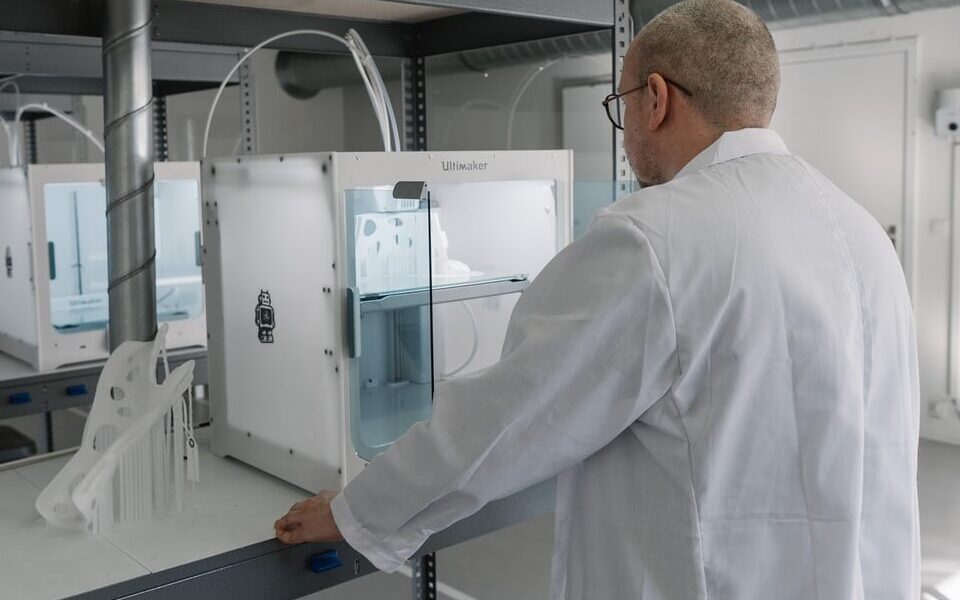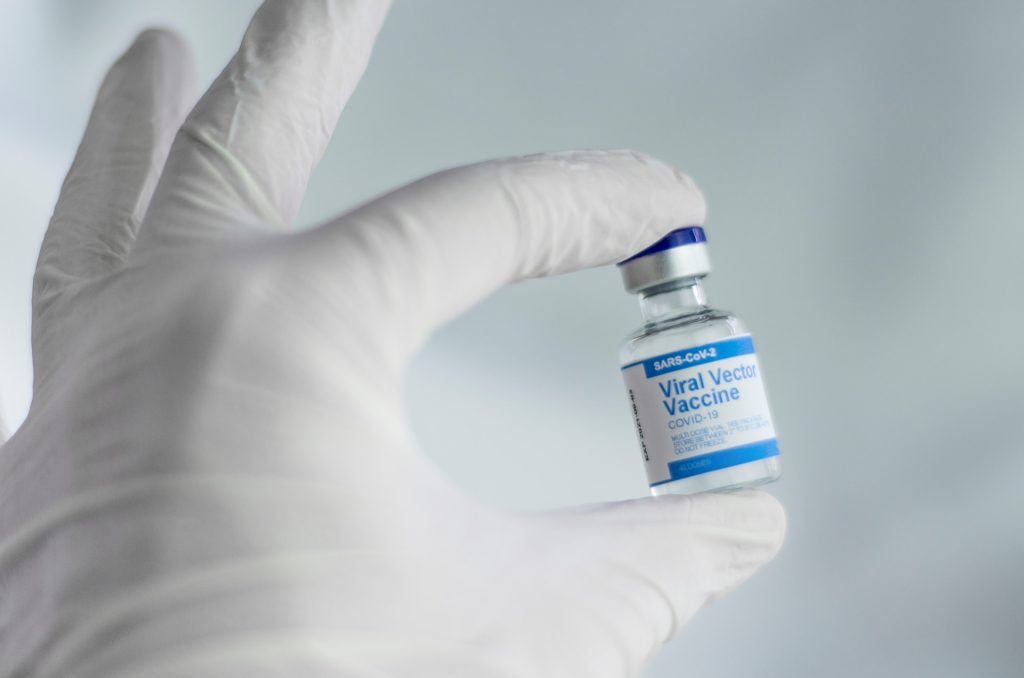New Imaging Technique Picks up Earliest Stages of Neurological Disorders

A new imaging technique has the potential to detect neurological disorders such as Alzheimer’s disease at their earliest stages.
The imaging methodology, called super-resolution, combines position emission tomography (PET) with an external motion tracking device to create highly detailed images of the brain. PET scanning, which is mostly used for oncology, where the activity of radioactive tracers introduced into the body is measured. Higher activity corresponds to greater uptake of that particular tracer.
In normal brain PET imaging, image quality is often limited by unwanted movements of the patient during scanning. In this study, researchers utilised super-resolution to make use of the normally unwanted head motion of subjects to enhance the resolution in brain PET.
Moving phantom and non-human primate experiments were performed on a PET scanner in conjunction with an external motion tracking device that continuously measured head movement with extremely high precision. Static reference PET acquisitions with no induced movement were also performed. After combining data from the imaging devices, researchers obtained PET images with higher resolution than the standard static reference scans.
Yanis Chemli, MSc, PhD candidate, Gordon Center for Medical Imaging, said: “This work shows that one can obtain PET images with a resolution that outperforms the scanner’s resolution by making use, counterintuitively perhaps, of usually undesired patient motion. Our technique not only compensates for the negative effects of head motion on PET image quality, but it also leverages the increased sampling information associated with imaging of moving targets to enhance the effective PET resolution.”
Though this super-resolution technique has only been tested in preclinical studies, researchers are preparing to try it with human subjects. Looking to the future, Chemli noted the important impact that super-resolution may have on brain disorders, specifically Alzheimer’s disease. “Alzheimer’s disease is characterized by the presence of tangles composed of tau protein. These tangles start accumulating very early on in Alzheimer’s disease–sometimes decades before symptoms–in very small regions of the brain. The better we can image these small structures in the brain, the earlier we may be able to diagnose and, perhaps in the future, treat Alzheimer’s disease,” he noted.






